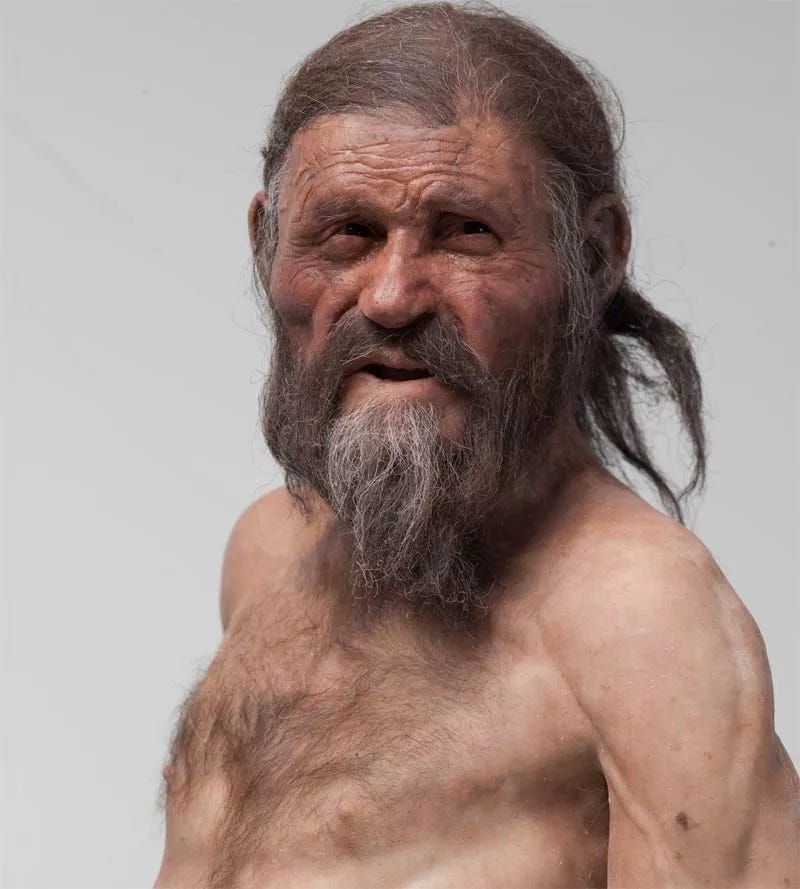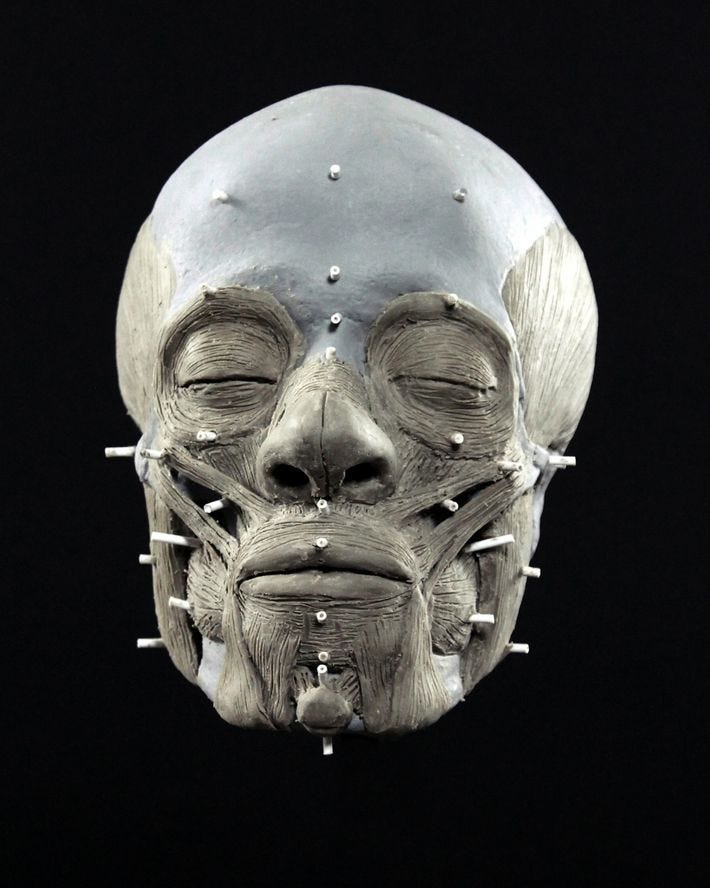Reviving the Langmansoren Woman: Insights from 4,000 Years Ago
Written on
Chapter 1: The Langmansoren Woman's Historical Context
The Langmansoren Woman lived in Northeastern Sweden around 4,000 years ago. Recent advancements have allowed an archaeological artist to reconstruct her facial features, forging a connection with her long-lost existence.
This reminds me of a captivating story from my childhood about a 5,000-year-old mummy unearthed in the Alps by German hikers, Helmut and Erika Simon, in 1991. Initially dubbed the Ice Man, later known as Frozen Fritz and ultimately as Ötzi, the frigid conditions mummified his remains. What piqued my interest was that he carried a bow and a quiver filled with arrows, some of which were still unfinished. Every archer can relate to the task of maintaining arrows after repeated use.
His gear also included a high-quality axe, essential for anyone who enjoys camping or trekking. Additionally, he carried a container made of birch bark that held live coals—an invaluable asset for starting fires from scratch.
Thanks to the efforts of Dutch forensic artists Alfons and Adrie Kennis at Italy's South Tyrol Museum of Archaeology, we now have a visual representation of Ötzi based on the analysis of his remains.

Section 1.1: Discovering the Langmansoren Woman
Recently, another remarkable facial reconstruction emerged, this time of a woman from the Stone Age, discovered in the 1920s. Known as the Langmansoren Woman, she passed away in her thirties in Northeastern Sweden. Although the circumstances of her death remain unknown, she was laid to rest alongside a 7-year-old boy, likely her son. The Vasternorrlands Museum enlisted the expertise of Oscar Nilsson, an acclaimed artist known for his work in reconstructive archaeology, to create a lifelike depiction similar to that of Ötzi.
Subsection 1.1.1: The Artist Behind the Reconstruction

Nilsson is celebrated for his pioneering contributions to reconstructive archaeology, having completed over a hundred similar projects. This particular endeavor is part of an exhibit showcasing 9,500 years of human history in Sweden. The Langmansoren Woman and her companion represent the oldest skeletal remains ever found in Northeastern Sweden, a region where such findings are rare due to harsh climatic conditions.
Section 1.2: Insights from the Skeleton
The analysis of her skeleton revealed that she stood just under five feet tall, which would have been considered petite even by the standards of her time. Her remains also provided clues about her facial structure, indicating features like a strong jaw and low-set eyes. Nilsson's artistic interpretation suggests that she exhibited a blend of traits commonly viewed as both masculine and feminine.
While archaeological artists often rely on preserved DNA for insights, this wasn't an option in her case. Instead, Nilsson utilized historical migration trends to deduce that she likely had light skin and dark hair, a conclusion supported by rigorously tested scientific data.
Chapter 2: The Reconstruction Process
The first video titled "The Face of a Bronze Age Woman Who Lived in Scotland 4,000 Years Ago" explores the fascinating world of facial reconstructions from ancient remains.
Nilsson dedicated an impressive 350 hours to reconstructing the Langmansoren Woman's features. He began by layering a dozen clay muscles onto a model of her skull. Next, he added small pegs to represent the depth of facial tissue before applying a layer of plasticene clay to depict her skin and facial expression.

“I strive to bring the face to life, creating the impression that someone is looking back at you,” Nilsson stated. “Despite her small stature, she exudes strength.”
Following this, Helena Gjaerum, Nilsson's colleague, crafted the clothing for the sculpture using Stone Age techniques and materials. The Langmansoren Woman is depicted wearing tanned animal skins and adorned with a replica of a bird claw necklace, similar to the one found with her original burial.
Section 2.1: The Importance of Reconstruction
Recreations like these serve to enliven our human ancestors, contributing to the evolving narrative of our origins and our connection to the Earth. Nilsson's work combines scientific understanding with artistic expression, allowing his subjects to share their ancient stories in the contemporary world.
As he notes, “While DNA and 3D printing are fascinating, the emotional connection we feel when gazing at a reconstructed face is paramount. That bond is what truly matters.”
We have much more to discover if we are willing to seek the truth.
The second video titled "The Body Of A Bronze Age Girl Was Discovered In Denmark, And She Lived An Astoundingly Modern Life" sheds light on the lives of ancient individuals and their surprising connections to our current world.